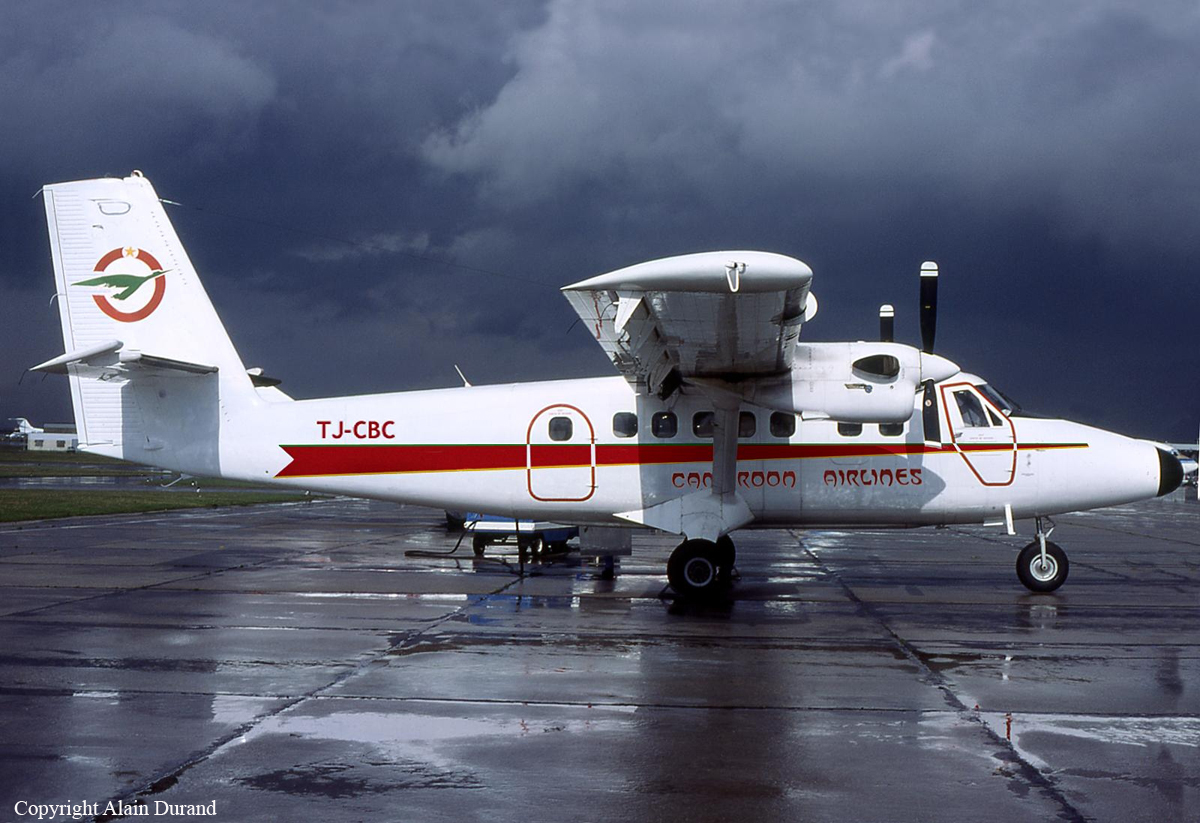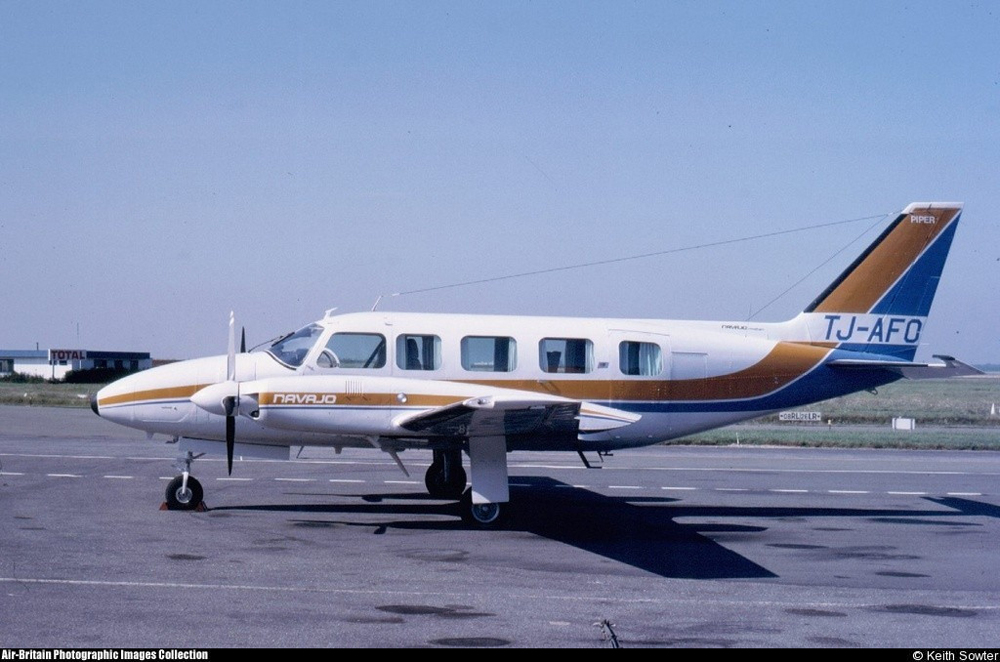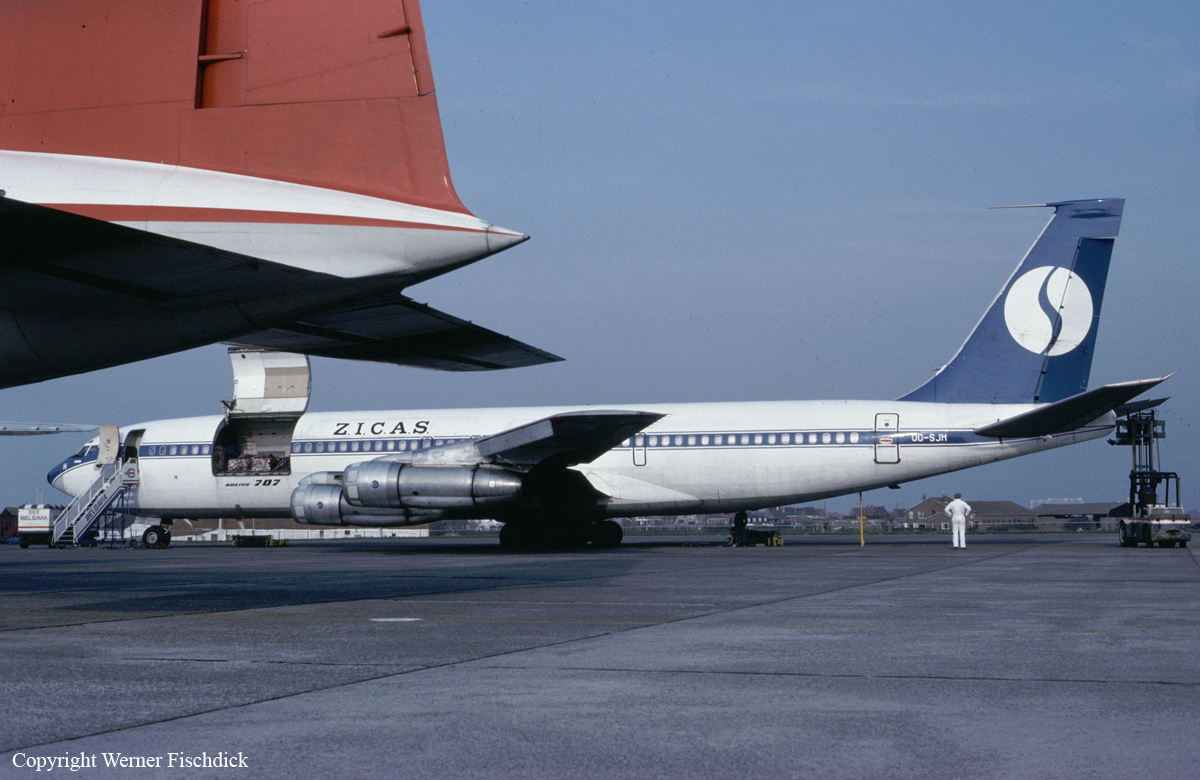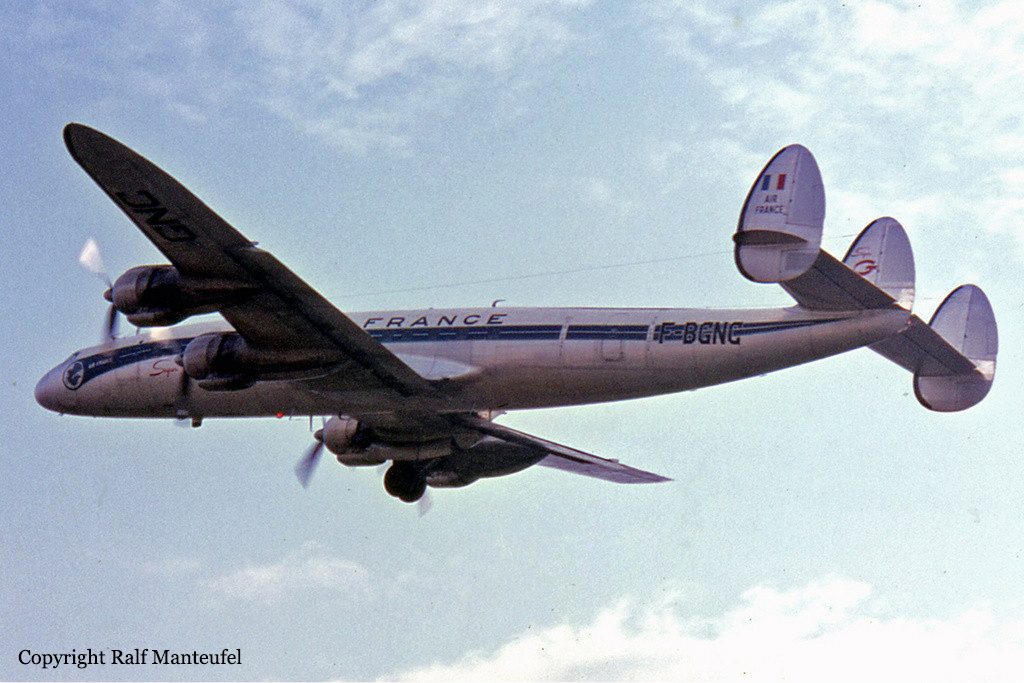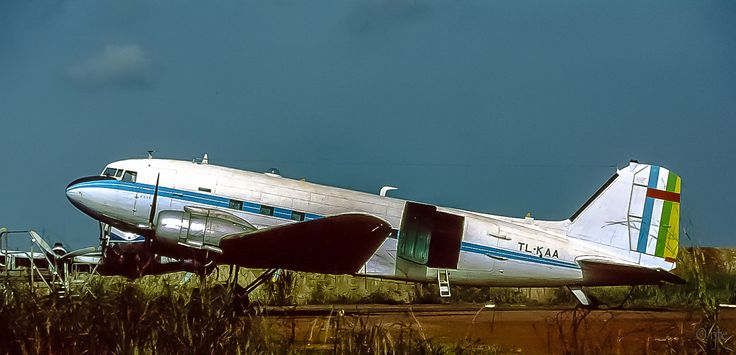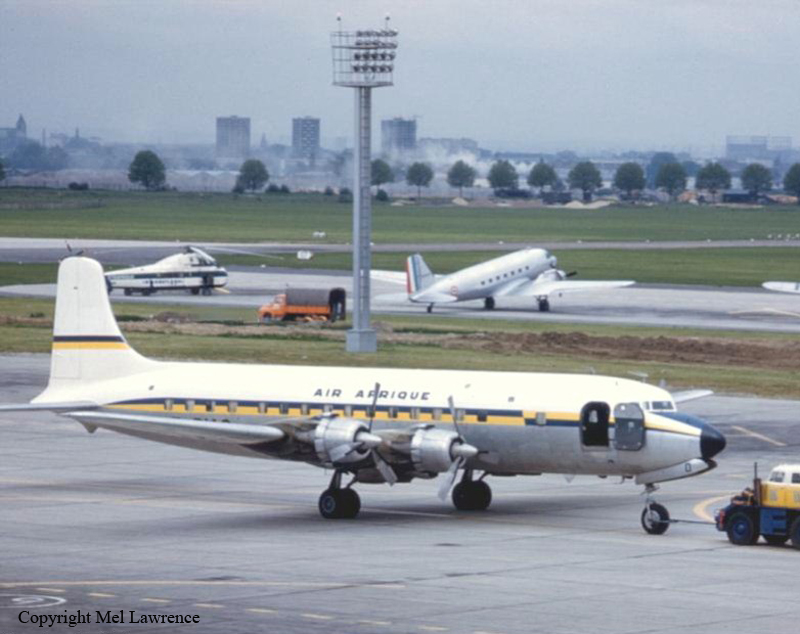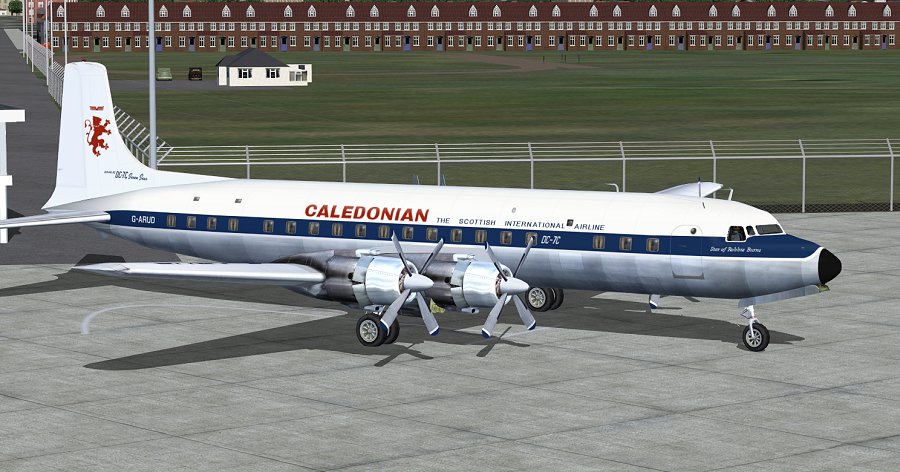Ground explosion of a Boeing 737-2H7C in Douala: 2 killed
Date & Time:
Aug 30, 1984
Registration:
TJ-CBD
Survivors:
Yes
Schedule:
Douala – Yaoundé – Garoua
MSN:
21295
YOM:
1977
Flight number:
UY786
Crew on board:
7
Crew fatalities:
Pax on board:
109
Pax fatalities:
Other fatalities:
Total fatalities:
2
Circumstances:
While taxiing at Douala Airport, an explosion occurred on the left hand side. The crew stopped the aircraft on the taxiway and started an emergency evacuation. 94 occupants were wounded while 20 others were uninjured. Unfortunately, two passengers died by asphyxia.
Probable cause:
It was reported by the Cameroon Authorities that a bomb placed in the left main wheel well exploded during taxi, causing a rupture of the main left fuel tank. A fire erupted, partially destroying the aircraft. It appears that the bomb was placed by members of the 'Liberation Front of Cameroon'.


